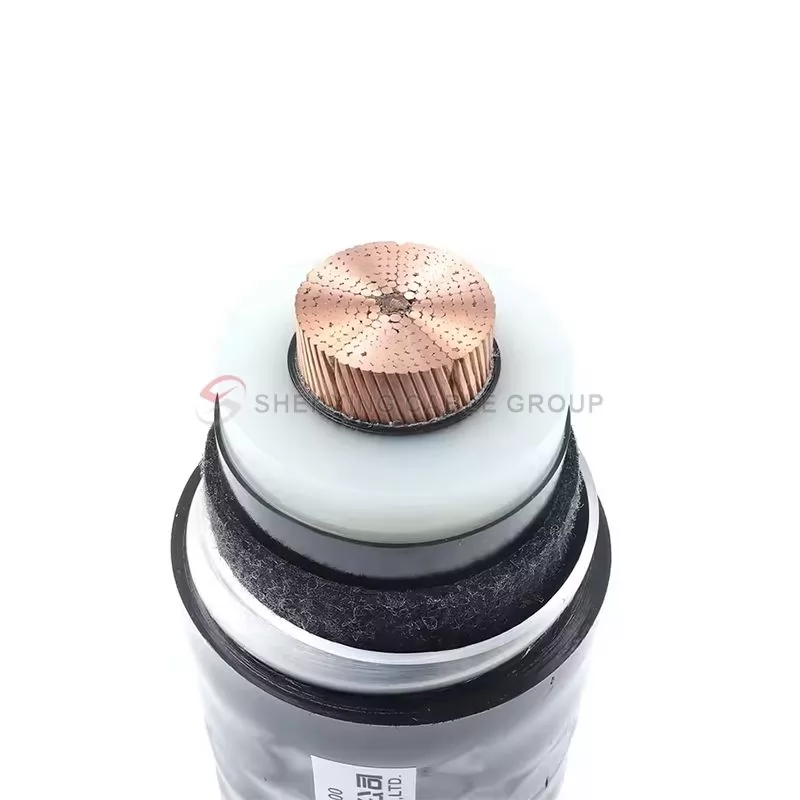+86 151 2718 0862
+86 151 2718 0862

A large-scale wire and cable enterprise group integrating manufacturing, sales, design and research and development.
INQUIRY NOW
A large cale wire and cable enterprise group integrating manufacturing,sales, design and research and development.
INQUIRY NOWNews
Welcome to the news section of Shenxing Cable Group! Here we will provide you with the latest industry trends, technology sharing, and product upgrades and innovations of Shenxing Cable, helping global customers connect to the world safely and efficiently.
December 25, 2024
Share:
Introduction to the process of wire and cable core twisting
Wire and cable core twisting is a key link in cable production, involving the twisting of conductors and the cabling of insulated cores. The following is a basic overview of wire and cable core twisting to help you quickly understand its process flow and characteristics.
1. Conductor twisting
Conductor twisting of wires and cables is the process of twisting multiple single wires of the same or different diameters into an integral core in a specific direction and rule. Common twisted conductors include bare stranded wires (such as steel core aluminum stranded wire) and twisted cores in insulated wires and cables.
2. Cabling of insulated cores
Cabling is the process of twisting multiple insulated cores into a cable core in a regular manner. In addition to twisting, it also includes filling and taping processes to enhance the stability and mechanical strength of the cable.
3. Characteristics of twisted wire core
l Good flexibility: multiple filaments are twisted together, which increases the flexibility of wires and cables and facilitates processing, installation and laying.
l Strong stability: after twisting, each wire is in the extension zone and compression zone during the twisting process, avoiding deformation due to bending.
l High reliability: the defects of the twisted wire core are dispersed, reducing the risk of unevenness of a single wire core and improving the overall reliability of the cable.
l High strength: the stranded wire is stronger than the single wire of the same cross-section and is suitable for various occasions requiring high strength.
4. Common forms of wire core twisting
l Regular twisting: divided into concentric single-wire twisting and concentric stranded wire twisting. Common ones include ordinary twisted wire (such as copper and aluminum twisted wire) and combined twisted wire (such as steel core aluminum twisted wire).
l Irregular twisting: that is, bundled wires are twisted in an irregular manner, usually used in situations requiring higher flexibility.
l Compacted wire core: including fan-shaped compact wire core and round compact wire core, commonly used in power cables to ensure that the cable structure is compact and strong.
5. The significance and purpose of core twisting
l Improve flexibility: make wires and cables easier to bend and install, and solve the problem that a single wire is difficult to bend.
l Reduce eddy current loss: by reducing the cross-section of the wire, the transmission efficiency of the cable is improved and the eddy current loss is reduced.
l Optimize electrical and mechanical properties: ensure that the electrical performance meets the requirements, and at the same time have sufficient mechanical strength and flexibility to adapt to the use requirements of different environments.
Summary
The core twisting process of wires and cables not only improves the flexibility, stability and reliability of the conductors, but also ensures the strength and performance of the cables. Understanding these basic processes will help ensure the superior performance of wires and cables in practical applications.
Contact us today
No matter where you are, Shenxing Cable Group can meet your cable production needs. Learn about our sustainable solutions and see how we can support your business to achieve high quality goals while promoting environmental development.
Email: sales@sxcables.com
WhatsApp: +86 151 2718 0862
Latest Social Commitment
Hot Products
Copper Cores, XLPE Insulated, PVC Sheathed, Control Cable
Shenxing KYJV cross-linked power control cable is an advanced integrated intelligent high-voltage cable designed for real-time monitoring of cable operating parameters.
Read More
Copper Core PVC Insulated Wire
A global BV cable supplier offers a full variety of building cable from our stock and tailored XLPE cables as well.
Read More
Copper Core PVC Insulated PVC Sheathed Power Cable
BVV/BVVB cable is a high-quality power transmission cable widely used in residential, commercial and industrial environments.
Read More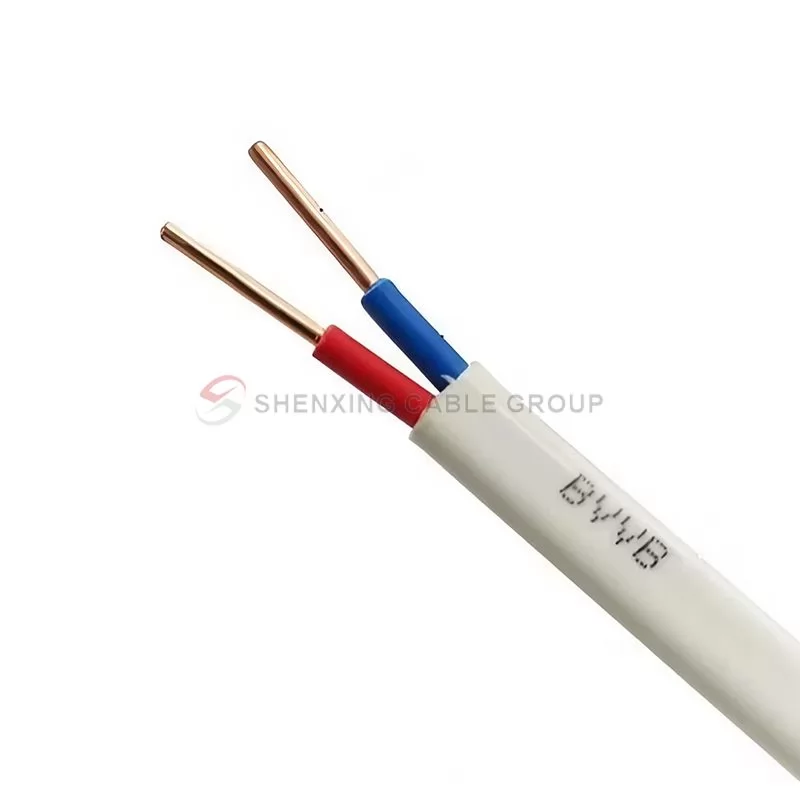
RVB-Copper Core Flat Sheathless Flexible Cable
Welcome to learn about Shenxing Cable Group's RVV/RVB cable (also known as flexible cable), which is a high-performance cable designed for a variety of low-voltage electrical applications. The cable consists of multiple copper conductors and a PVC outer sheath and is widely used in low-voltage electrical systems.
Read More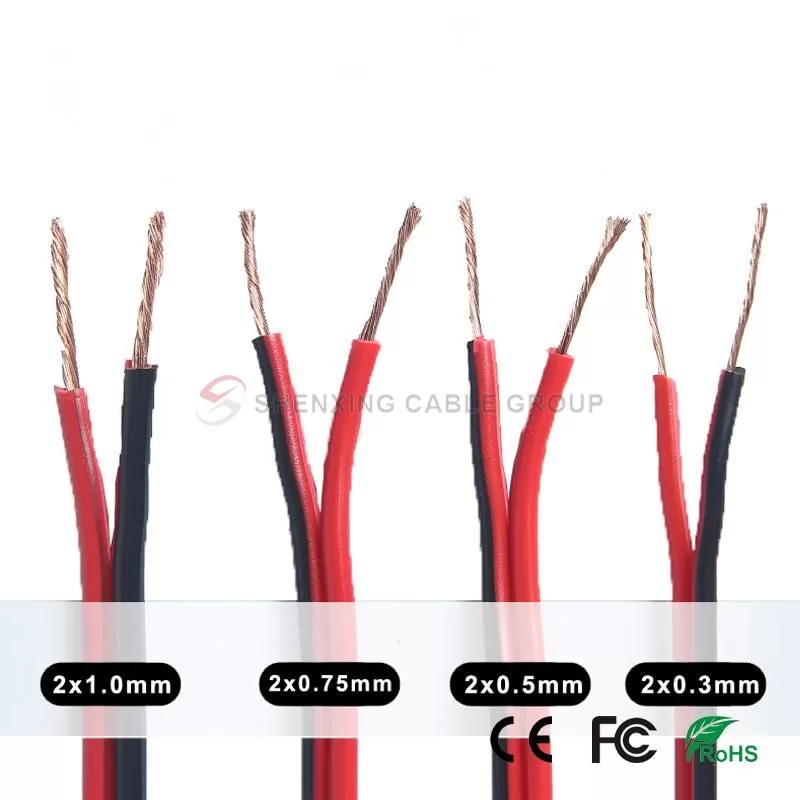
Copper Core PVC Insulated Connecting Soft Wire and Cable
Welcome to learn about RV cables from Shenxing Cable Group. This high-quality cable is designed for low-voltage electrical applications. By using high-quality materials and exquisite manufacturing technology, RV cables ensure that you enjoy reliable power supply and efficient power transmission in multiple fields, providing you with ideal solutions.
Read More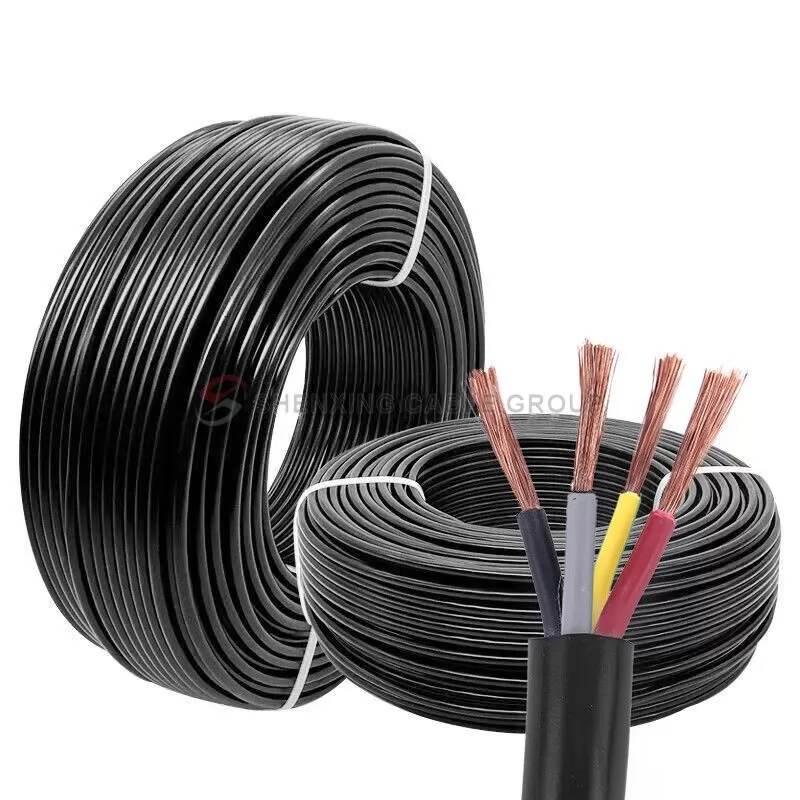
RVV cable is suitable for a variety of application scenarios, including home power wiring, industrial equipment connections, office electrical systems, etc. Whether it is used for power transmission, electrical equipment connection, or use in harsh environments, RVV cables can provide stable, efficient, and safe power support.
Read More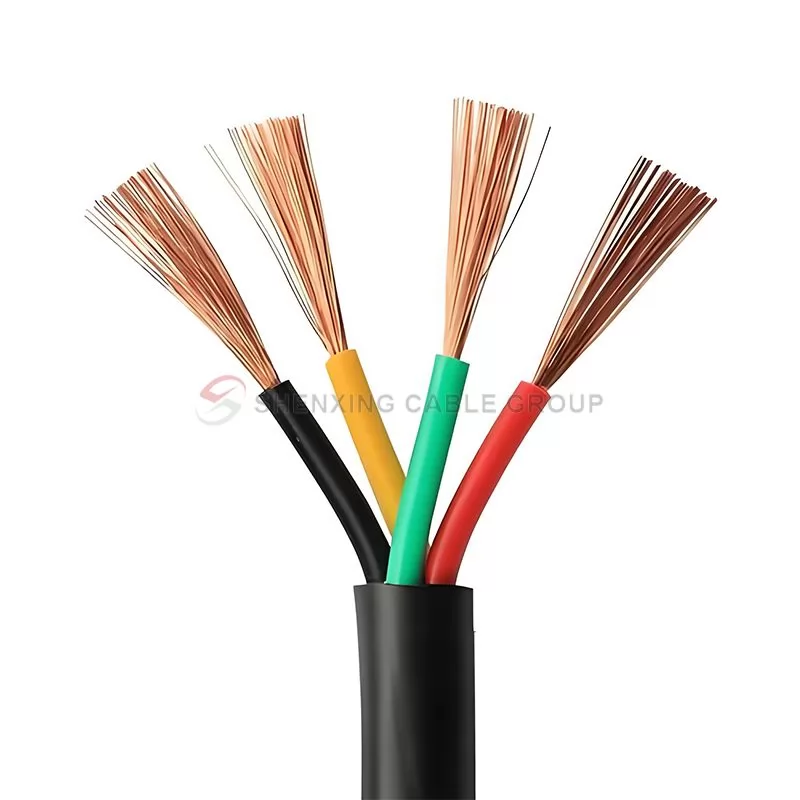
Copper Conductor, PVC Insulated and Sheathed, Steel-tape Armoured Control Cable
RVS twisted pair flexible cable provided by Shenxing Cable Group is a 300/500V voltage level cable consisting of two insulated conductors twisted around each other. We produce many types of twisted pair cables in strict accordance with the Chinese national standard GB/T 8734.3. RVS twisted pair shielded cable consists of two independent insulated copper conductors that are twisted around each other and arranged in parallel.
Read More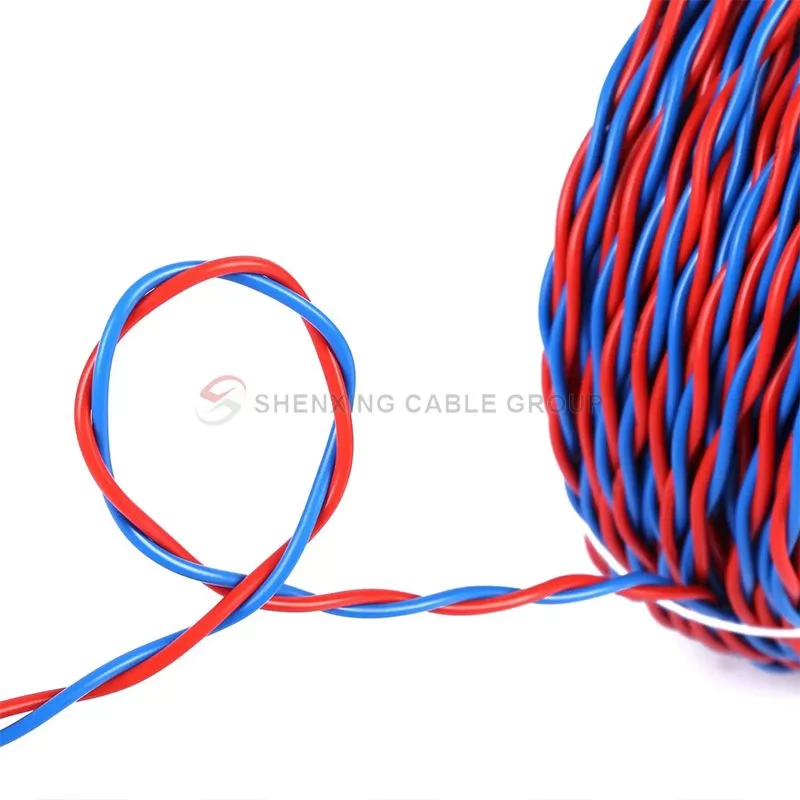
TÜV Solar PV Cable TÜV-H1Z2Z2-K
The SHENXING solar PV H1Z2Z2-K cable, which is TÜV certified according to EN 50618 and AENOR, is suitable for both fixed and mobile solar installations (solar farms, rooftop solar installations and floating plants). It is a highly flexible cable compatible with all major connectors and specially designed for the connection of photovoltaic panels. This versatile single-conductor cable is designed to meet the varying needs of the solar industry. Suitable for wet, damp and humid locations.
Read More
Shenxing Photovoltaic Cable PV1-F is a high-performance cable designed for solar photovoltaic systems. It has excellent high temperature resistance, extrusion resistance, environmental cracking resistance and other characteristics, ensuring the long-term stable operation of photovoltaic power generation systems. As a leading global photovoltaic cable manufacturer and supplier, Shenxing Cable is committed to providing high-quality cable solutions to meet the needs of various photovoltaic installa
Read More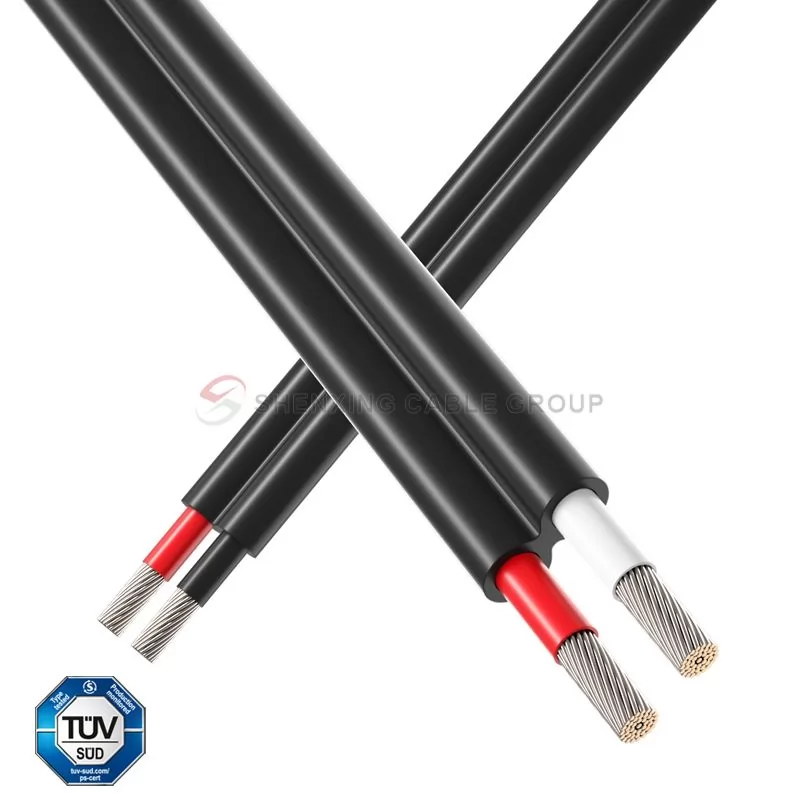
110kv Copper Core XLPE Insulated Corrugated Aluminum Sheathed Power Cable
YJLW high voltage cross-linked polyethylene cable is a high-quality cable product for high voltage power transmission. It adopts high-quality copper core, aluminum core and cross-linked polyethylene insulation materials to ensure the high efficiency and reliability of power transmission.
Read More